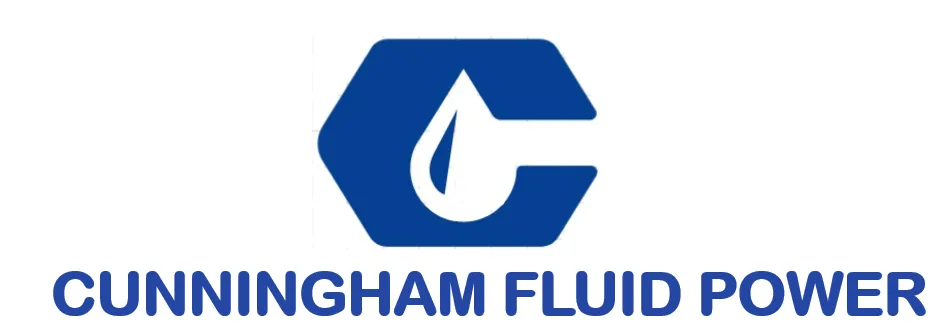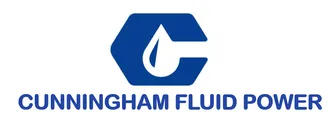7 Essential Tips for Choosing the Right Shielded Coiled Cable for Your Needs
In today's technologically advanced era, the demand for reliable and efficient electrical connections has never been greater. Shielded coiled cables, known for their ability to minimize electromagnetic interference (EMI) while maximizing signal integrity, have become a crucial component across various industries, including aerospace, telecommunications, and automotive. According to a recent report by Mordor Intelligence, the global cable assembly market is projected to grow at a CAGR of over 5% from 2021 to 2026, emphasizing the increasing reliance on specialized cable solutions like shielded coiled cables. As professionals navigate this complex landscape, understanding how to choose the right shielded coiled cable tailored to specific applications is imperative for ensuring optimal performance and reliability. This blog outlines seven essential tips to help you make informed decisions when selecting the ideal shielded coiled cable for your needs.
Understanding Shielded Coiled Cables: What You Need to Know
When selecting the right shielded coiled cable, it's crucial to understand their fundamental characteristics and applications. Shielded coiled cables are designed to minimize interference and maintain signal integrity, which is essential in environments with considerable electromagnetic noise. According to a report by Research and Markets, the global market for shielded cables is expected to grow at a compound annual growth rate (CAGR) of 5.5% over the next five years, driven by the increasing demand for reliable communication systems across various industries.
The key factors influencing the performance of shielded coiled cables include cable construction, shielding material, and environmental conditions. Typically, cables are shielded using materials such as foil or braided copper, which can significantly reduce crosstalk and electromagnetic interference (EMI). A study from the International Electrotechnical Commission indicates that proper shielding can reduce EMI by up to 40 dB, showcasing the importance of selecting a cable that suits your specific environmental challenges. When evaluating options, consider the cable's flexibility, temperature rating, and compatibility with connectors to ensure optimal performance for your application.
Key Factors to Consider When Selecting Shielded Coiled Cables
When selecting shielded coiled cables, there are several key factors to consider that can significantly impact performance and longevity. Firstly, the quality of materials used in the cable construction is crucial. High-grade materials provide better insulation and shielding, which help to minimize interference and maintain signal integrity. In a recent industry report, it was highlighted that cables utilizing advanced shielding techniques can reduce electromagnetic interference by up to 85%, making them essential for applications where clarity and fidelity are paramount.
Another critical factor is the cable gauge. Thicker cables not only offer increased durability but also provide better conductivity. A study showed that a significant portion of audio and video signal loss occurs in cables with inadequate gauge, emphasizing the importance of selecting the right thickness based on your specific needs. Furthermore, the coiling design should be considered to ensure flexibility and ease of use, especially in dynamic environments. A well-designed coiled cable can reduce tangling and wear, which is vital for maintaining performance over time. By focusing on these essential aspects, you can make a well-informed decision that optimizes your audio experience.
7 Essential Tips for Choosing the Right Shielded Coiled Cable for Your Needs
| Tip | Description | Key Factors |
|---|---|---|
| 1. Determine the Application | Understand what devices or systems the cable will connect. | Compatibility |
| 2. Assess Environmental Conditions | Consider temperature ranges, exposure to elements, and other conditions. | Durability |
| 3. Check Cable Length Requirements | Measure the distance between connection points to determine length. | Length |
| 4. Evaluate Shielding Options | Choose the right type of shielding based on interference levels. | Shielding Type |
| 5. Understand Electrical Specifications | Identify voltage, current, and frequency needs for proper functioning. | Electrical Ratings |
| 6. Consider Weight and Flexibility | Ensure the cable is lightweight and flexible for ease of use. | Weight & Flexibility |
| 7. Review Cost versus Quality | Balance budget with the necessary quality and reliability. | Cost-Effectiveness |
Assessing Your Application Requirements for Optimal Cable Selection
When selecting the right shielded coiled cable for your application, the first step is to thoroughly assess your specific requirements. Understanding the environmental conditions in which the cable will operate is crucial. Factors such as temperature extremes, exposure to moisture, and potential chemical interactions can significantly influence your cable choice. For example, if the cable will be used in a humid environment, a model with enhanced moisture resistance will be necessary to ensure durability and performance.
In addition to environmental factors, considering the electrical specifications of your application is paramount. Determine the voltage, current, and frequency requirements to ensure that the cable can handle the necessary load without overheating or causing signal degradation. For applications involving sensitive data transmission, pay close attention to the shielding effectiveness to minimize electromagnetic interference. By analyzing these critical factors, you will be better equipped to choose a shielded coiled cable that meets your unique operational needs, ultimately optimizing performance and reliability in your applications.
7 Essential Tips for Choosing the Right Shielded Coiled Cable
This chart presents a performance comparison of different types of shielded coiled cables based on specific application needs. Each type is rated on a scale from 1 to 10, helping you visualize which type may be optimal for your requirements.
Identifying Quality Manufacturers and Their Certification Standards
When selecting shielded coiled cables for your specific applications, identifying quality manufacturers is crucial to ensuring performance and reliability. A reputable manufacturer should boast industry-recognized certifications, such as ISO 9001, which indicates adherence to quality management principles. Such certification guarantees that the manufacturer consistently meets customer and regulatory requirements, providing an assurance of quality in their production processes.
Additionally, manufacturers that achieve compliance with international standards, like RoHS or UL listings, demonstrate their commitment to producing safe and environmentally-friendly products. These certifications reflect rigorous testing and quality assurance protocols, verifying that the cables meet specific performance criteria. By focusing on manufacturers with these certifications, you can significantly reduce the risk of purchasing subpar cables, ensuring the longevity and efficiency of your applications.
Common Mistakes to Avoid When Choosing Shielded Coiled Cables
When selecting shielded coiled cables, it's crucial to avoid common pitfalls that can lead to performance issues or increased costs. One frequent mistake is underestimating the importance of the cable's shielding. Shielding plays a vital role in protecting the cable from electromagnetic interference (EMI) and radio frequency interference (RFI). Many users opt for cables with inadequate shielding, thinking that it will suffice for their application. To avoid this, assess the specific operating environment and choose cables with appropriate shielding materials that match your requirements.
Another common error is ignoring the cable's specific application needs. Each application has distinct electrical and mechanical demands, such as temperature range, flexibility, and bending radius. Choosing a cable based solely on price rather than these essential factors can lead to premature wear or suboptimal performance. Additionally, make sure to check for compatibility with connectors and devices you plan to use, as mismatches can result in functionality issues. By paying close attention to these details, you can ensure that you select the right shielded coiled cable for your needs while avoiding costly mistakes.

We have over 30 years of experience in designing complete hydraulic systems, repairs and distribution of fluid power equipment and parts.
FOLLOW US ON :
Contact Details
Address:
4020 SE 45th CT.
Ocala, FL 34480
Phone No:
Email:
sales@cunninghamfluidpower.com

